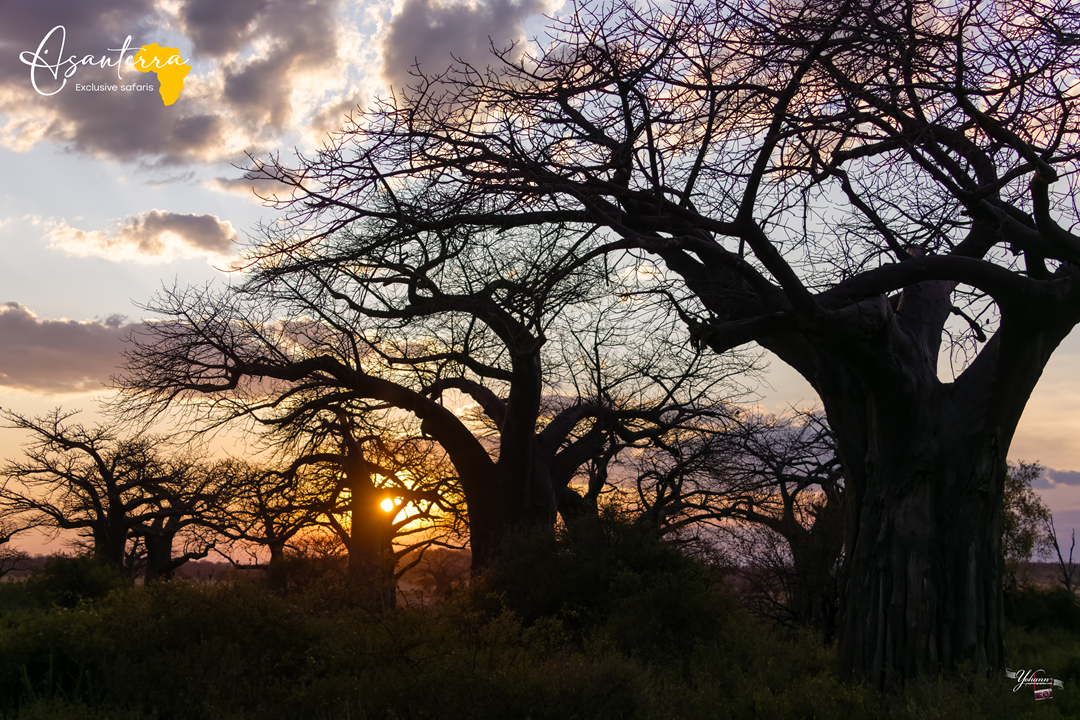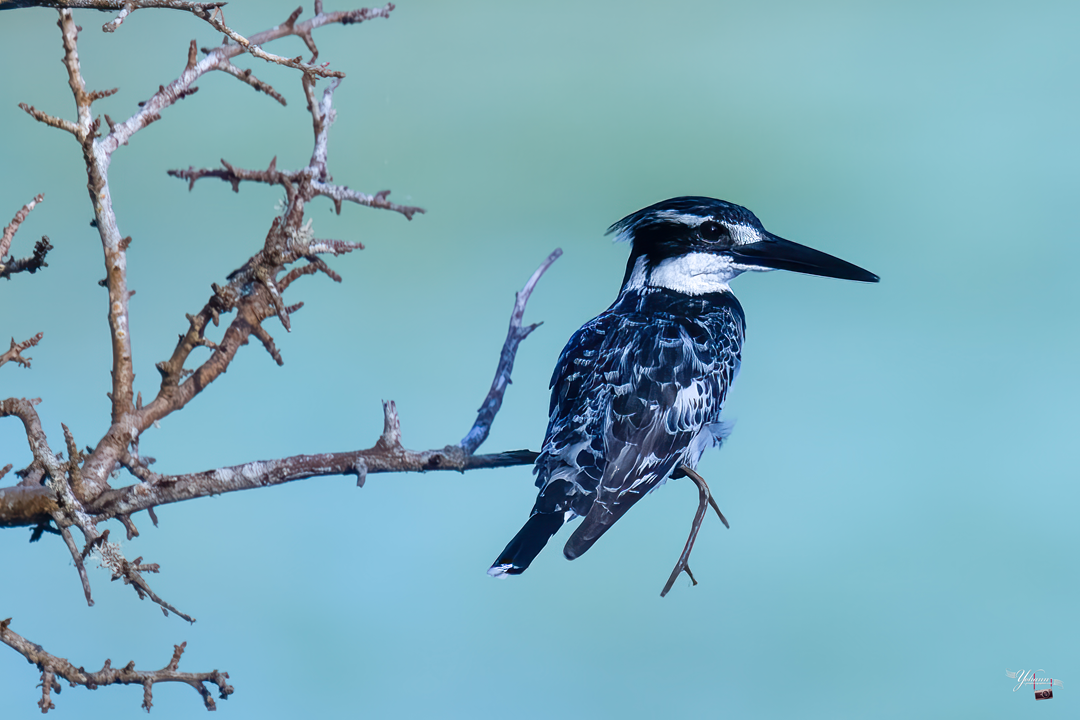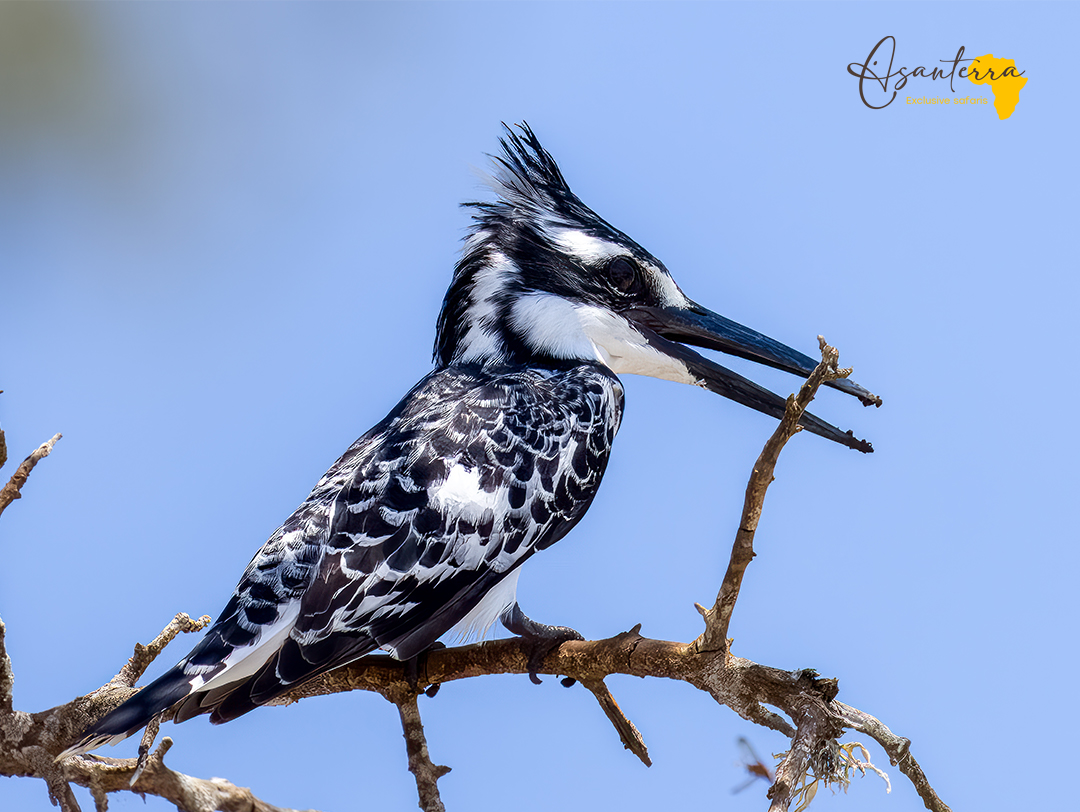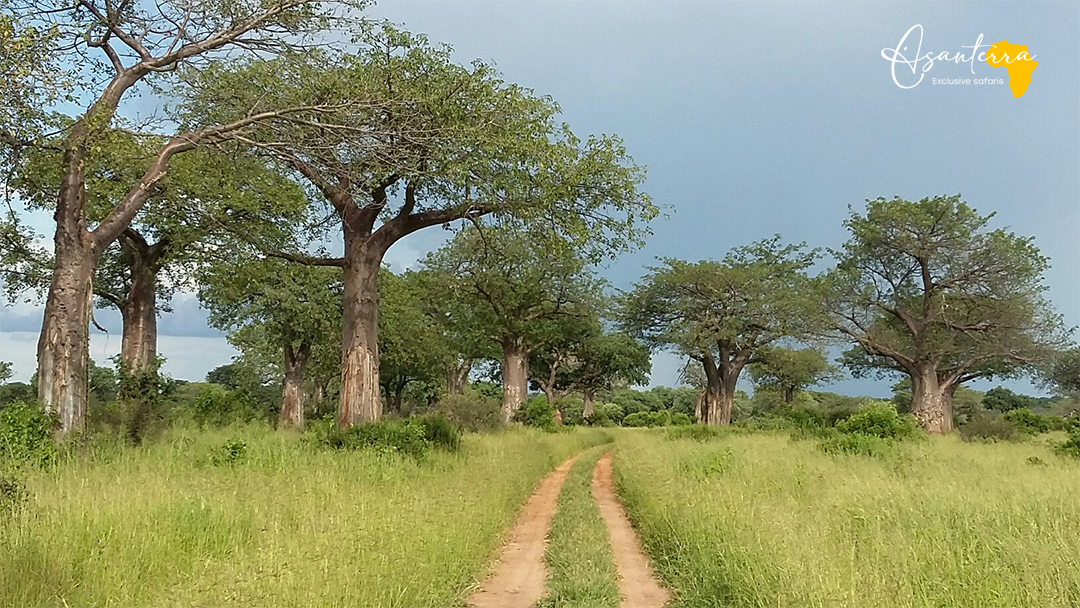Roan Antelope and Sable Antelope.
The Roan Antelope is a majestic, savannah-dwelling species regularly spotted in Southern Tanzania, particularly within the expansive wilderness of Ruaha National Park. As one of the world’s largest antelopes, second only to the Eland, it boasts an impressive size, ranging from 190 to 240 cm (75–94 in) from head to the base of its tail.
Belonging to the Hippotragus genus, Roan Antelopes share their lineage with the Sable Antelope, another striking species regularly found across Southern Tanzania. Their distinct physical features have earned them the nickname “horse-goats.” In fact, their genus name, Hippotragus, originates from the Greek words Hippos (horse) and Tragos (he-goat), perfectly capturing their unique appearance.
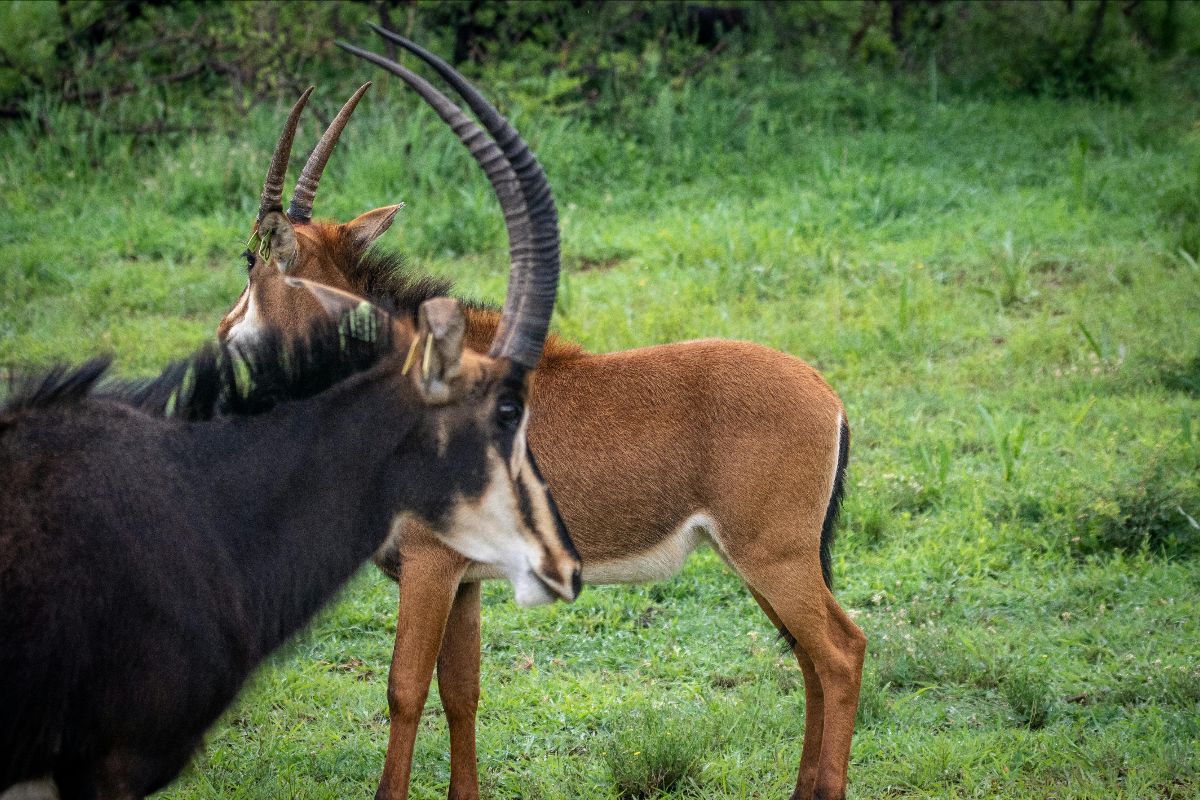
A defining difference between the two species is their coat colour. Roan Antelopes display a light reddish-brown or roan (greyish brown) coat with a noticeably paler underbelly. In contrast, Sable Antelopes are much darker; males develop a striking jet-black coat as they mature, while females and juveniles maintain a reddish-brown hue.
Both male and female Roan and Sable Antelopes possess horns, though the males’ horns are longer and thicker. The Sable Antelope’s horns can reach an impressive 1.6 meters, making them nearly as long as an elephant’s tusks.
Horns play a vital role in an antelope’s survival. They serve as a defence mechanism, enabling individuals to fend off predators such as lions and hyenas. During dominance battles, males wield their horns in combat to assert territorial control and secure mating rights. Additionally, horns contribute to herd protection—when threatened, antelopes may form a defensive circle, using their powerful horns to deter attackers.
Ruaha and Katavi National Parks in Tanzania offer some of the finest opportunities to observe roan and sable antelopes in their natural habitat. Ruaha’s distinct geography—characterized by a mix of wooded savannah and rolling hills—provides the perfect setting for both species to flourish. Likewise, Katavi National Park, celebrated for its vast, untouched wilderness, creates ideal conditions for these majestic antelopes to roam freely.
With their remote landscapes and rich biodiversity, these parks stand out as premier destinations for wildlife enthusiasts seeking an authentic safari experience.
Are you ready to witness the grace of Africa’s rarest antelopes?



